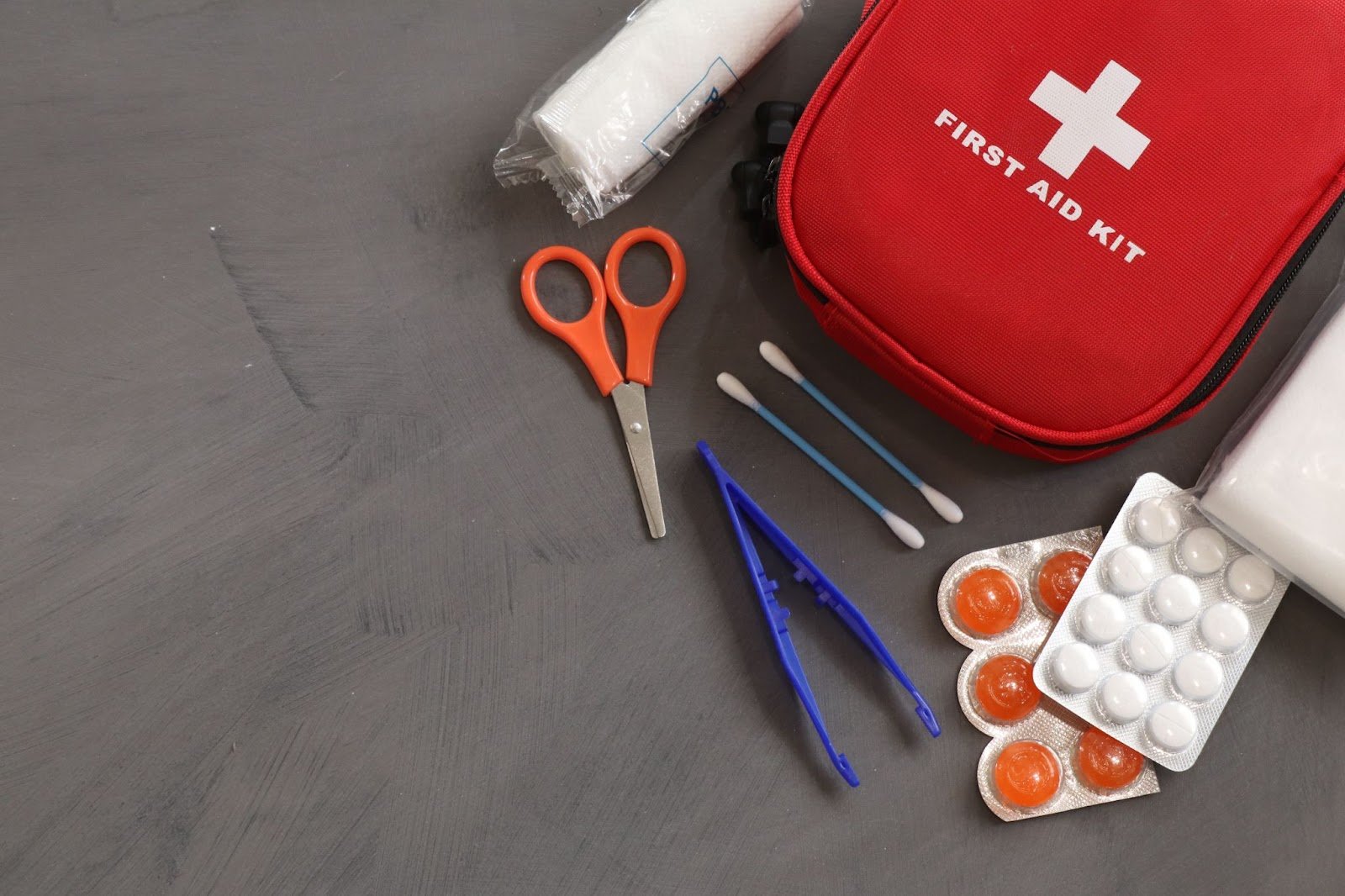SafeDE News
Smarter workplaces are safer workplaces. SafeDE is your resource for OSHA news, regulation changes, recalls, and everything to keep your business safe.
The 5 Rules of Effective Incident Reporting
When an injury or accident happens on the job, employers and some employees are legally required to report it. But effective incident reporting can be easier said than done, especially if you’re new to the process. Below, we’ve compiled five of the most important rules to consider when creating incident reports. Following these practices will help you develop helpful and thorough reports that protect your safety.
What is Incident Reporting? Why it Matters
When an unexpected event that can potentially harm workers or impact service quality occurs, an incident report often follows. Incident reporting can be described as the process of documenting these incidents such as:
- Workplace accidents and injuries
- Security breaches
- Equipment malfunctions or failures
- Safety hazards
- “Near misses” for any of these examples
Legal requirements typically mandate incident reporting in most industries. But aside from compliance with local laws, incident reporting matters for workplace satisfaction and safety. Quality reporting is crucial because it facilitates responses like:
- Safety Improvements. Thorough reporting can help organizations spot trends and note underlying causes of workplace incidents. These details can then be used to establish better safety protocols and protect the quality of services or products.
- Accountability. A sense of transparency and accountability goes a long way for workers, supervisors, and stakeholders alike. Reporting brings these benefits to fruition, ensuring the right people are aware of issues and can take action to mitigate them.
- Prevention. It’s always better to prevent an incident than handle its aftermath. Incident reporting is a vital tool for understanding why things go wrong. As a result, it’s an incredible resource for learning from mistakes and discovering preventative measures to reduce the chances of a future incident.
- Resources. When businesses and organizations know which people or areas need resources, they can provide them effectively. Incident report data makes areas of need visible so they can receive adequate support.
5 Key Rules to Follow for Effective Incident Reporting
When it’s time to create an incident report, there are some essential rules to keep in mind. These guidelines will help you craft an effective, thorough, and accurate report that helps keep your workplace safe.
1. Be Prompt
The first and arguably most important thing to remember is to report the incident immediately. Waiting to do something creates the risk of losing critical information. It also makes it impossible for timely corrective actions to be taken. As soon as you discover an incident or concern, take steps to report it – this may mean reaching out to workplace authorities or filling out the appropriate paperwork.
2. Be Clear and Accurate
As you prepare the report, ensure all information you provide is accurate and entirely factual. Incident reporting is not the space for opinions, assumptions, or speculation.
Write down exactly what happened to the best of your knowledge and nothing else. Include details about the incident, where it happened, who was involved, and any actions taken after the fact.
3. Be Thorough
The more complete your report is, the more likely it will be to fully address the situation and its causes. Give as much relevant information and context to your report as you can.
Any data you have – including the event’s time, location, sequence of events, causes, and outcomes – should be noted. Try your best to help a reader fully understand what you observed and the incident’s implications.
4. Be Sensitive to Privacy
In some industries, personal information may be involved in incident reporting. When this is true, handle all sensitive information with care. Keep the personal information of those involved anonymous or to a minimum, and ensure that those who can read the report are those who really need to.
5. Be Objective
Above all else, be objective when writing your report. Focus on the facts, not what you think may have happened or why. Keeping your report free from bias can be tricky, but it’s essential. Stick to clear, concise language to describe your observations.
Key Takeaways
Effective incident reporting can be achieved so long as you follow best practices. Let’s recap all that we’ve covered so far.
- Complete incident reporting as promptly as possible. The longer you wait, the more details you risk losing.
- Be thorough, clear, and accurate as you report details. Keep personal bias out of the equation and focus on the facts.
- Be sure to include as many specific details as possible about the incident. Note what happened, where it occurred, who it involved, and anything else that seems important.
When something happens, always speak up. Incident reporting is an organization’s best tool against injuries, accidents, and problems. When you invest time and effort into it, you help create a better, safer workplace for all.
Frequently Asked Questions (FAQs)
What information should be documented in an incident log?
Specific, essential details like the time and date of the incident, its location, and a description of what happened should be documented in an incident log. Other information to include when possible includes:
- A list of individuals involved in the incident
- Actions taken after the incident
- Any observed consequences or outcomes (i.e., injury, loss of productivity, etc.)
Try your best to leave personal opinions and interpretations out of the report. Focus on the facts of what happened.
Who should fill out an incident report?
Any person who first witnessed or became aware of a workplace incident should fill out an incident report. Those who discover a problem are generally in the best position to provide the most accurate, timely details. However, a supervisor or manager may also need to collaborate on a report in some situations.
What are the five rules of incident report writing?
The five most critical rules of incident report writing can be thought of as follows:
- Timeliness: Always report the incident as soon as possible.
- Accuracy: Make sure all information provided is accurate and detailed.
- Completeness: Be thorough and provide all important details.
- Confidentiality: Handle sensitive and personal information carefully.
- Objectivity: Use clear, concise language and remain unbiased.
Which events would require a nurse to complete and file an incident report?
Events like patient injuries or falls, equipment malfunctions, medication errors, and adverse reactions to medical treatments may require a nurse to file an incident report. Overall, any situation where a patient’s safety is compromised or standard procedures aren’t followed might warrant incident reporting.
What should not be included on an incident documentation form?
Non-factual information and bias, including speculations, opinions, or blame, should not be included in any incident report. The form should always focus on facts, not interpretations. It’s also wise to avoid including excessive personal information or details that could violate privacy laws.
Get SafeDE News
Workplace safety for all businesses.
SafeDE provides FREE comprehensive onsite surveys for small and medium sized private sector establishments to identify potential workplace hazards, improve safety and health management systems, and assist in voluntary compliance with federal OSHA regulations.
Related News
-1.png)
Preventing Ergonomic Injuries: Tips and Strategies
-1.png)
Essential Tips to Prevent Heat Illness in the Workplace
-1.png)
Crane Hand Signals: Guide to OSHA-Compliant Safety
.png)
How Forklift Stability & Center of Gravity Connected?
.png)
Lockout Tagout Training: Essential Safety Program
-1.png)
Recognizing Warning Signs of Heat Illness at Work

Essential PPE for Staying Safe and Comfortable in Hot Work Environments


-1.png)
.png)

